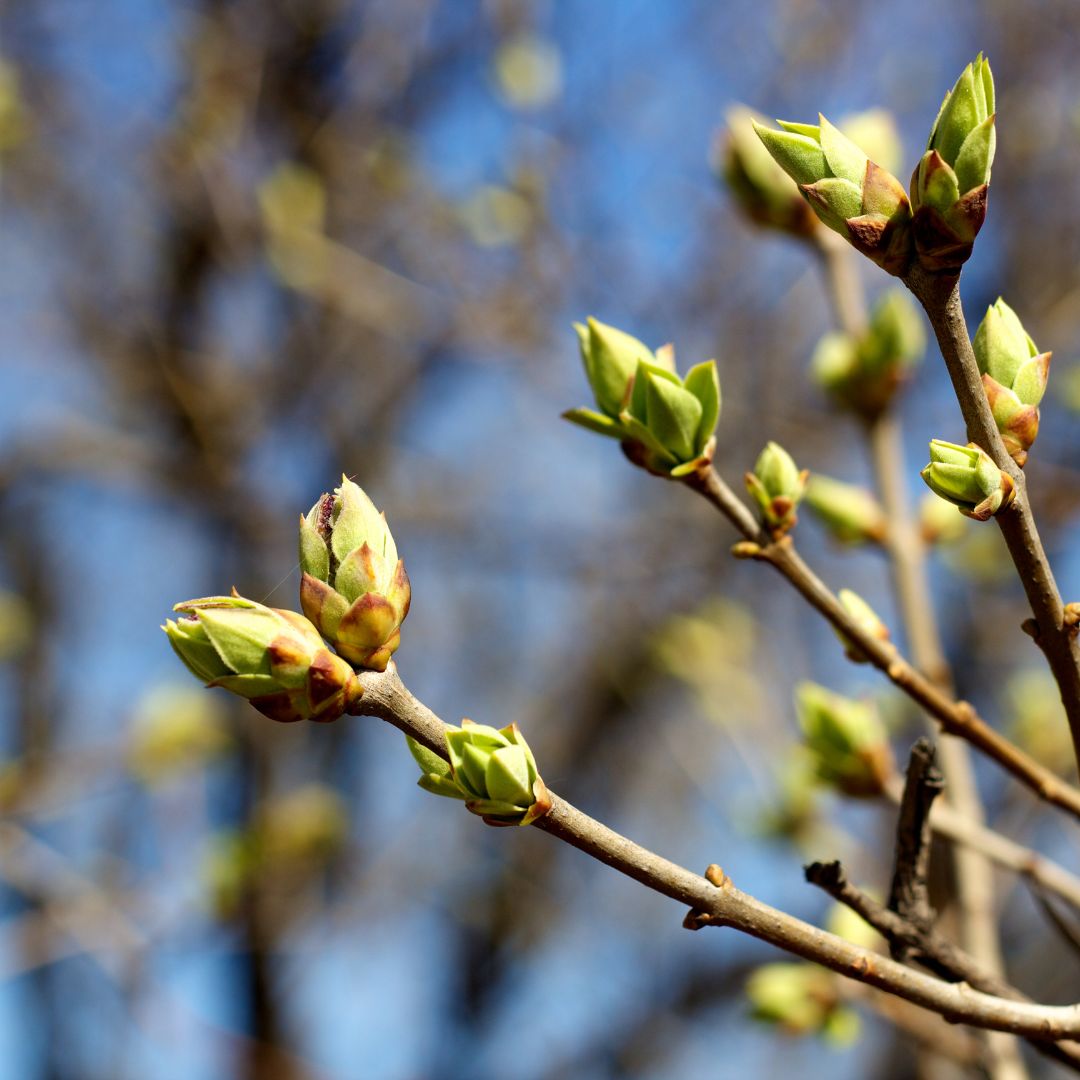
April Gardening To-Do’s
April is here! There are signs of spring popping up everywhere you look. Early bulbs have emerged, trees are showing new buds, and perennials are
Sweet Plum or Sageretia thea are tropical plants with very small leaves. They’re imported from Southern China and are considered perfect plants for their hermaphroditic nature. They have pinkish-white flowers with fruits that are drupes, a fleshy fruit with thin skin and a central stone containing a seed.
Sageretia thea is a bonsai subject with considerable visual appeal and a long history in the art. A tropical evergreen tree with naturally small leaves of less than 3/4 inch (2 cm) that reduce even smaller. The leaves are lightly veined, green leaves that are almost bronze when they emerge. Growth habit is stiff and angular with truly prolific back budding. The Sweet Plum’s bark sheds while the tree is quite young and the trunk becomes multicolored with age. Small white flowers in the spring give way to small black fruits (3-5 mm) during the summer and into autumn. Sageretia is very popular for indoor bonsai and a classical Chinese penjing subject. Lesniewicz’s “Bonsai In Your Home” features the Sweet Plum as does Lewis’ “Bonsai Survival Manual.”
LIGHT – Full morning sun, shade in the afternoon/evening. Can take full sun all day but watering requirements increase dramatically. Beware of leaf burn when moving from shade to full sun.
TEMPERATURE – The Sageretia is a subtropical tree and indoors needs a cool period coupled with lowered illumination. The tree should be held at 55-60 degrees for 6-8 weeks around the winter solstice. In warmer climates, they can be grown outdoors all year round. It loses leaves at temps below 55 degrees and loses minor branches if the temps dip below 25 degrees. Below 25F, the tree will experience major dieback but can recover since the tree buds easily from old wood, new wood, and roots. Can only be grown outdoors in Zone 8 or higher.
WATERING – This tree enjoys slightly moist soil but will silt and die if allowed to dry out completely. Wilting can be recovered from only by a very healthy plant. Check moisture level every day with a chopstick or a bamboo skewer.
FEEDING – Feed every 2 weeks in spring/summertime with Miracid. Slow feeding to once monthly in later autumn/winter. Alter feeding schedule to current light levels, not temperature.
PRUNING & WIRING – Usually only trained by the clip and growth method. The angular growth and extravagant back budding make shaping easy. The tree supports all classical stylings easily. Weekly pinching of new growth is required to maintain completed form.
PROPAGATION – From cuttings or seeds. Rooting hormone is not needed for cutting, simply put the cutting into a glass of water for 2-4 weeks. Seeds do not require a vernalization period and can be germinated during any season.
REPOTTING – Repot when fully root bound only. Typically, root pruning should be confined to 30% of root mass. Soil mixture must reflect moisture requirement, a 1:1:1:1 blend of peat/turface/ pumice/coca shell gives a good blend of water retention and drainage.
PESTS & DISEASES – Danger of mealybugs underneath the shedding bark, spider mites due to lack of air circulation indoors. Fungus gnats can also be a problem indoors with the constantly moist soil. Treat with pyrethrin for all but spray twice, three days apart. Mealybugs under the bug may require manual tweezer extraction to preserve the tree’s appearance.

April is here! There are signs of spring popping up everywhere you look. Early bulbs have emerged, trees are showing new buds, and perennials are

Spring is here and you know what that means. The 2024 gardening season is about to be in full swing here in our Colorado climate!

It’s nearly spring and we hear you! You’re ready for warm weather and colorful landscapes. Those early spring blooms are a bright, wonderful sign of

It’s a new calendar year and that means it’s time to dive into the new houseplant trends for 2024! There are some exciting new things